23 Apr 2020 - {{hitsCtrl.values.hits}}
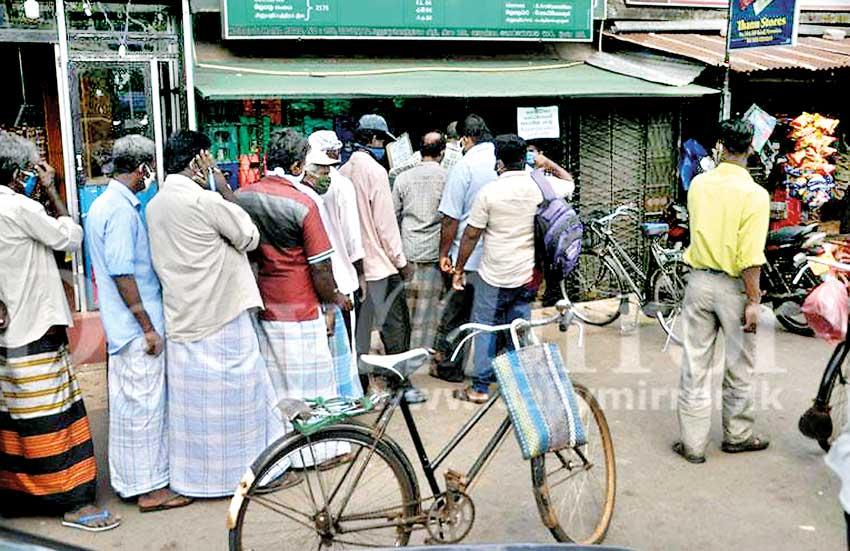
Once a patient is on a ventilator, their prognosis is bad
Non-COVID-19 patients shouldn’t be compromised
Everything would depend on how the situation would be controlled this week (20 to 24)
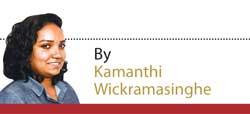 The Government’s moves to relax curfew in most areas on Monday, April 20, drew a varied public response. While long queues were seen at liquor shops, many buses were packed with commuters, despite guidelines on physical distancing. queues maintaining a minimum one-metre gap were rarely seen. The most number of COVID-19 positive cases were also reported on Monday, apart from one case in Piliyandala. Later, the curfew in high-risk areas was extended.
The Government’s moves to relax curfew in most areas on Monday, April 20, drew a varied public response. While long queues were seen at liquor shops, many buses were packed with commuters, despite guidelines on physical distancing. queues maintaining a minimum one-metre gap were rarely seen. The most number of COVID-19 positive cases were also reported on Monday, apart from one case in Piliyandala. Later, the curfew in high-risk areas was extended.
However, the government had already decided when schools and universities would reopen, and when Parliamentary Elections would be held. These decisions are currently being reviewed. But there’s much uncertainty ahead.
Although we told passengers to sit in a zigzag pattern, a mother would want to sit beside her child. We have informed all SLTB regional managers to ensure safety guidelines. We feel people still don’t understand the gravity of the situation when seeing how they behave
Buses packed
When the curfew was relaxed, pictures of passengers packed into buses went viral on social media. Although the Transport Minister decided to cancel the licenses of buses that did not follow Health Ministry guidelines, certain practical issues, were apparent.
“We have asked passengers to maintain their distance when they queue up to get into buses,” Sri Lanka Transport Board (SLTB) Deputy General Manager
H.A. Panduka said.
“A photo of a Deniyaya-Kataragama bus went viral, and as soon as we got the news, we alerted the nearest checkpoint. Crowds had boarded the bus in Hungama, and extra passengers were asked to get down at Nonagama.
“Although we told passengers to sit in a zigzag pattern, a mother would want to sit beside her child. We have informed all SLTB regional managers to ensure safety guidelines. We feel people still don’t understand the gravity of the situation when seeing how they behave.”
On the safety of crews, Mr Panduka said buses were being disinfected and drivers and conductors were given face masks.
“We are also trying to distribute hand sanitizers. The Health Ministry had instructed us to increase waiting times so that passengers can get into buses without touching the railing. This would minimize exposure to the virus,” he said,
Panduka added although they had planned to deploy 5,000 buses, only 2,200 were in service on Monday.
“We will add another 1,000. Most passengers are from high-risk areas like Colombo, Gampaha and Puttalam. So depending on the demand, we will provide more buses,” he said.
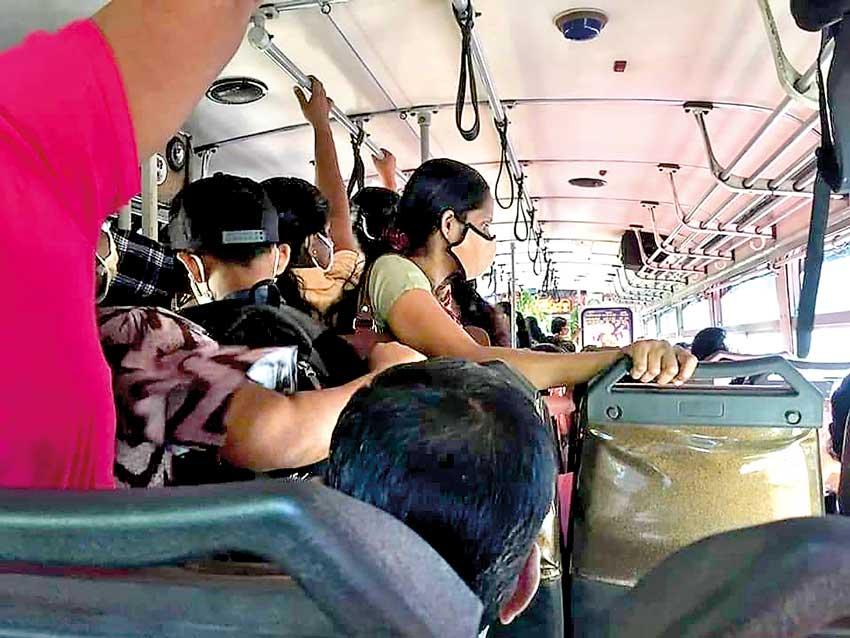
With curfew being lifted in most areas, buses were packed with passengers irrespective of safety guidelines
Pic courtesy - social media
Trains less crowded
Following the announcement, 400 trains were deployed, limiting 50 passengers per carriage. Railways Department General Manager Dilantha Fernando said things were under control.
“Since trains operate in outstation areas, there are only a few daily passengers. 10 trains are operating from Beliatta to Induruwa, and Nawalapitiya to Polgahawela, and so on. Around 109 passengers were travelling from Beliatta to Induruwa. This was the highest number in the past two days,” Fernando said.
The President must be made aware that social distancing is a must to curb the virus spread. When 4.3 million school children start using public transport, can distance be maintained? -Joseph Stalin
Numbers still controllable
The Sri Lanka Medical Association (SLMC) President Prof. Indika Karunathilaka said everything would depend on how the situation would be controlled this week (20 to 24 of April).
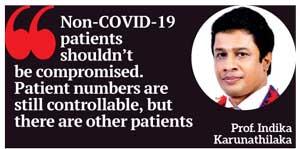
“We must increase contact tracing, detect patients, and self-quarantine them. Patient numbers shouldn’t exceed the existing healthcare capacity and overburden it. We shouldn’t even think about the Intensive Care Unit (ICU) facilities. Once a patient is on a ventilator, their prognosis is bad.
“On the other hand, non-COVID-19 patients shouldn’t be compromised. Patient numbers are still controllable, but there are hundreds of thousands with other chronic conditions and even dengue. Then there are children and patients with non-communicable diseases. But they are being controlled to an extent. “Patients from clinics have medication for two months. We must take preventive measures and aggressively control
the disease.
“ICU-care is important, but we shouldn’t allow too many patients to reach that critical stage.”
Asked about emergency treatment, Prof. Karunathilake said such cases had to be attended to. “Although transport is an issue, and staff numbers are less, we will attend to emergencies as and when they arrive,” he said.
Area mapping
The Government Medical Officers’ Association (GMOA) Secretary Dr Haritha Aluthge reiterated that social distancing was key to curbing the spread of the virus.
“We can see a success rate of 80% if social distancing is maintained. This is why curfew was imposed, factories were closed, and steps taken to keep people indoors. By relaxing curfew, social distancing levels have reduced to below 50%.
“With 322 cases in total, there are over 200 active cases. There’s an equal number of undiagnosed cases. If social distancing fails, we will have many issues,” he said.
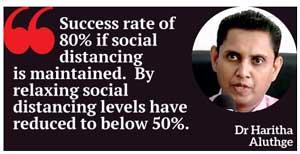
The doctor referred to the World Health Organisation’s(WHO) four stages of transmission.
“The third stage is clusters of cases, grouped in place and time. Right now we are at this stage. But if clusters grow without our knowledge, it would be difficult to manage. If you take the fish vendor from Piliyandala, he had been to the Peliyagoda fish market and had travelled door-to-door. So we need to identify those houses.”
Dr Aluthge stressed the importance of area mapping before lifting curfew restrictions.
“We must identify sterile, contaminated and buffer areas, and have three different governance structures for them. A fourth governance structure must be implemented for border crossing.
For more contact tracing, we must increase testing. We should also conduct random community sample surveys and get sample sizes proportionate to the district. The Director-General of Health Services said that we have a daily testing capacity of 1,500, and we need to do it that way. Therefore we request the Health Ministry to reveal the true picture to the public.”
Over 4 million schoolchildren at risk
The government also issued dates to reopen schools. This is now being reviewed due to health concerns. Moreover, teachers were unhappy with the decision.
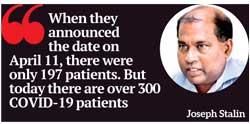
“When they announced the date on April 11, there were only 197 patients. But today there are over 300 COVID-19 positive patients,” Ceylon Teachers’ Union General Secretary Joseph Stalin said.
He accused the government of taking ad hoc decisions disregarding the seriousness of the situation. “The President must be made aware that social distancing is a must to curb the virus spread. When 4.3 million school children start using public transport, can
distance be maintained?
The government must be precise about reopening schools. The government has not said if it should be done in stages; whether A/L students get priority, and so on. The government only talks about conducting lessons on WhatsApp. But that’s not the main concern at this hour,” he said. Regarding elections, Stalin said 21 Trade Unions were drafting a letter to the President, Health Ministry, Postal Department and
Election Commission.
“Everything, from marking fingers to checking ID cards, will be done by State-sector employees. Over 200,000 employees will be on duty. What about their safety? They are talking about an election and giving the impression that the risk of exposure to the virus is subsiding.”
When asked if they would take action if the date to reopen schools was not changed, Stalin said given the situation, parents would anyway not send their children to school.
Universities ill-equipped
Guidelines for COVID-19 preparedness in workplaces require those entering offices to wash their hands with soap and water. Using alcohol-based sanitizer for hands is an alternative. Additional requirements include checking staff temperature, wearing face masks, maintaining a one-metre gap and regular housekeeping.
However, practical concerns exist.
“The University Grants Commission (UGC) has issued comprehensive guidelines. But universities lack the suggested facilities,” Federation of University Teachers’ Association (FUTA) Secretary Rohan Laksiri said.
“No hand sanitizers have been provided as yet, and cleaning staff are not equipped with face masks and protective gear. On the other hand, with a curfew in different areas, all students may not be able to attend lectures. For example, teachers and students at Jaffna University will be in different areas. Therefore, although guidelines are in place, they need to be properly implemented before universities recommence,” he said.
28 Nov 2024 25 minute ago
28 Nov 2024 28 minute ago
28 Nov 2024 43 minute ago
28 Nov 2024 2 hours ago
28 Nov 2024 2 hours ago